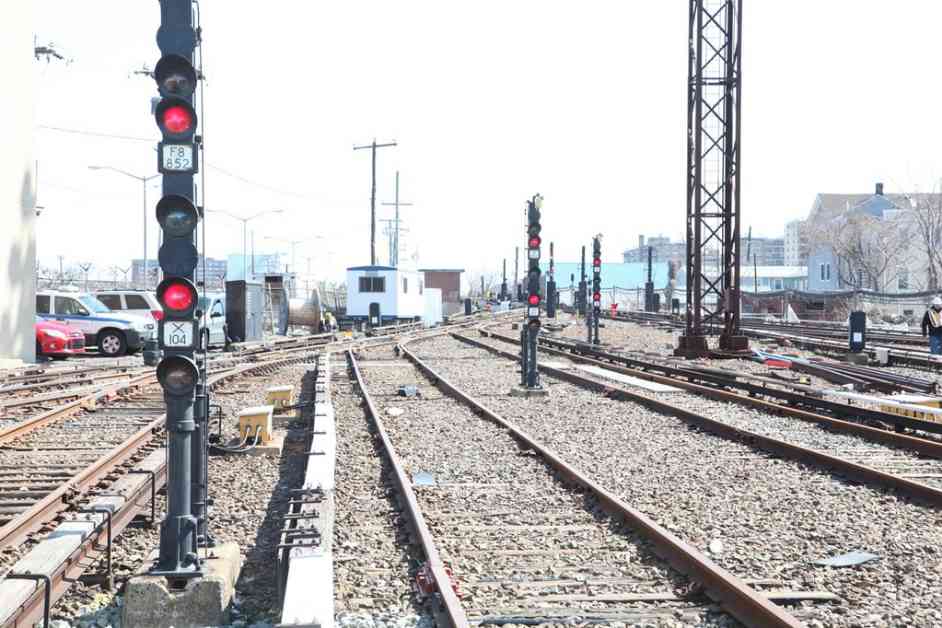The Metropolitan Transportation Authority (MTA) is planning a major upgrade for subway train signals, with a budget of $5.4 billion for the project. This initiative aims to replace outdated analog signals dating back to the Great Depression with modern Communication-Based Train Control (CBTC) technology. The goal is to improve service reliability and reduce delays by allowing trains to run closer together.
The current subway signals, many of which are almost a century old, are prone to breakdowns, leading to service disruptions and delays. With manual operation from old switchboards and outdated block systems, these signals are inefficient by modern standards. The replacement with CBTC technology would provide real-time train tracking and enable controllers to monitor train locations at all times.
CBTC has already been successfully implemented on the L and 7 lines, resulting in significant improvements in service reliability. The MTA is also in the process of installing CBTC on other lines, such as the Queens Boulevard Line and the Culver Line. However, certain projects, such as the Fulton Line and the 6th Avenue Line, have been put on hold due to funding issues caused by the delay in congestion pricing implementation.
In addition to the signal upgrade project, the MTA’s overall capital plan for 2025-29 includes funding for structural maintenance, railcar replacement, power system upgrades, and climate change adaptation. However, the plan is only about half funded, raising concerns about the completion of essential projects to ensure reliable service.
Governor Kathy Hochul has expressed her commitment to securing funding for the MTA’s capital plan, potentially through infrastructure grants from the federal government. The decision on whether to proceed with the proposed plan will be made by the MTA Board this week, followed by approval from state lawmakers. The fate of critical projects hinges on the availability of funding to support the modernization and improvement of New York City’s subway system.

